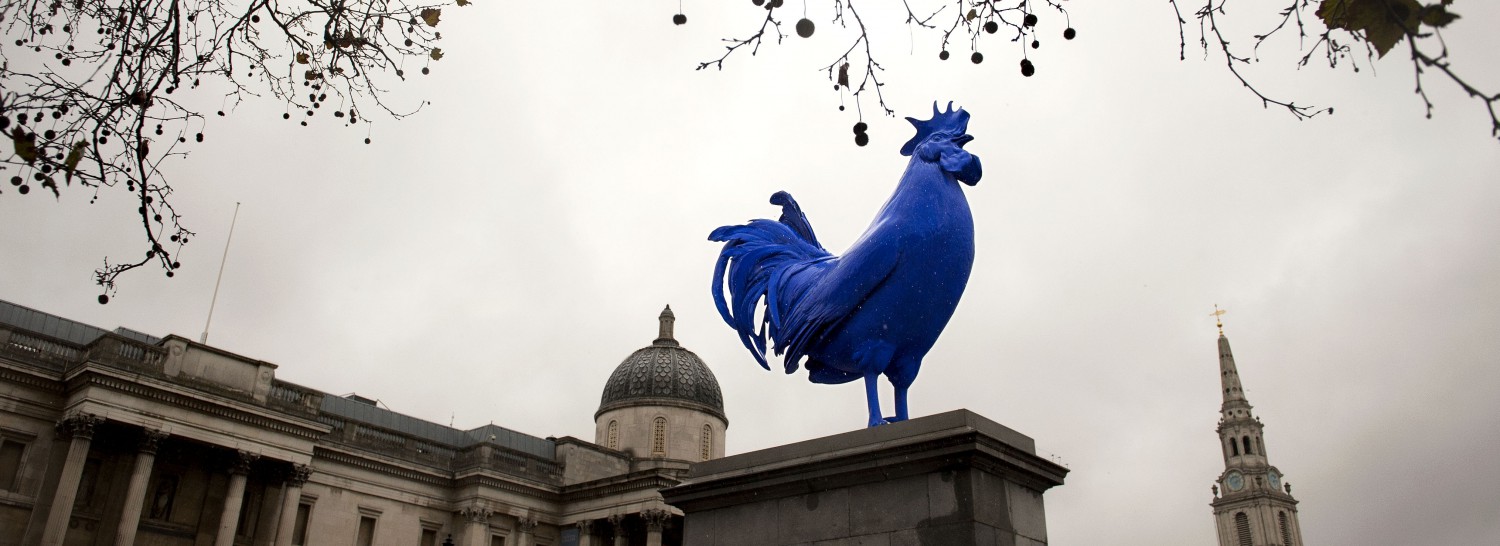The Role of Imagination in the Aesthetic Appreciation of Racialized Bodies
Wednesday 15 January 2020, 16:00-18:00
Senate House, Room 246
The aesthetic evaluation of human bodies is part and parcel of our everyday lives. Not only do we judge, for example, the elegance of Isaac Hernández as he dances in Le Corsaire, but we take notice of a stranger’s beauty while walking down the street, or even a colleague’s scruffiness as they walk into a meeting. These evaluations concern human bodies treated as aesthetic objects: objects that cause experiences of pleasure or displeasure, that are perceived as having specific aesthetic qualities, and that invite certain responses as a result of these qualities. Unfortunately, as Paul C. Taylor has argued, our aesthetic judgements of human bodies are governed by norms and principles that reproduce the workings of racism, and that both depend on and support racial hierarchy. How can we explain differences in the aesthetic evaluation of, for example, white and black bodies? In this paper I argue that this is a problem of how we perceive racialized bodies, and not simply of our aesthetic criteria designed to favour certain human bodies. Aesthetic evaluations depend on aesthetic properties: how we aesthetically evaluate an object depends on the aesthetic properties we judge it as having. And we perceive aesthetic properties. I argue that racial stereotypes impact how we ascribe aesthetic properties because of top-down influences on perception. In particular, racist mental imagery we have acquired through our interaction with aesthetic practices plays a crucial role in our perception of aesthetic properties of racialized bodies.
